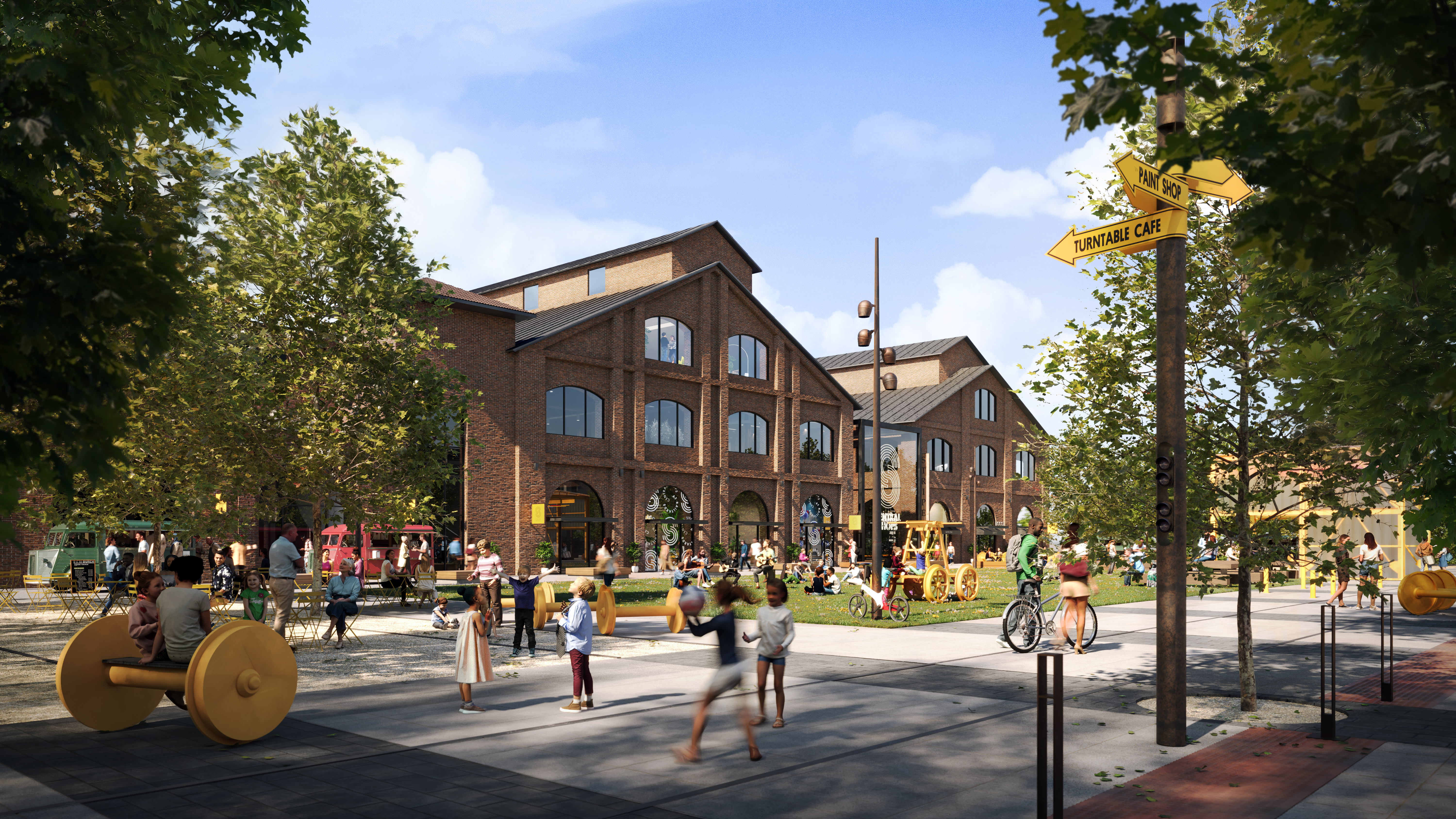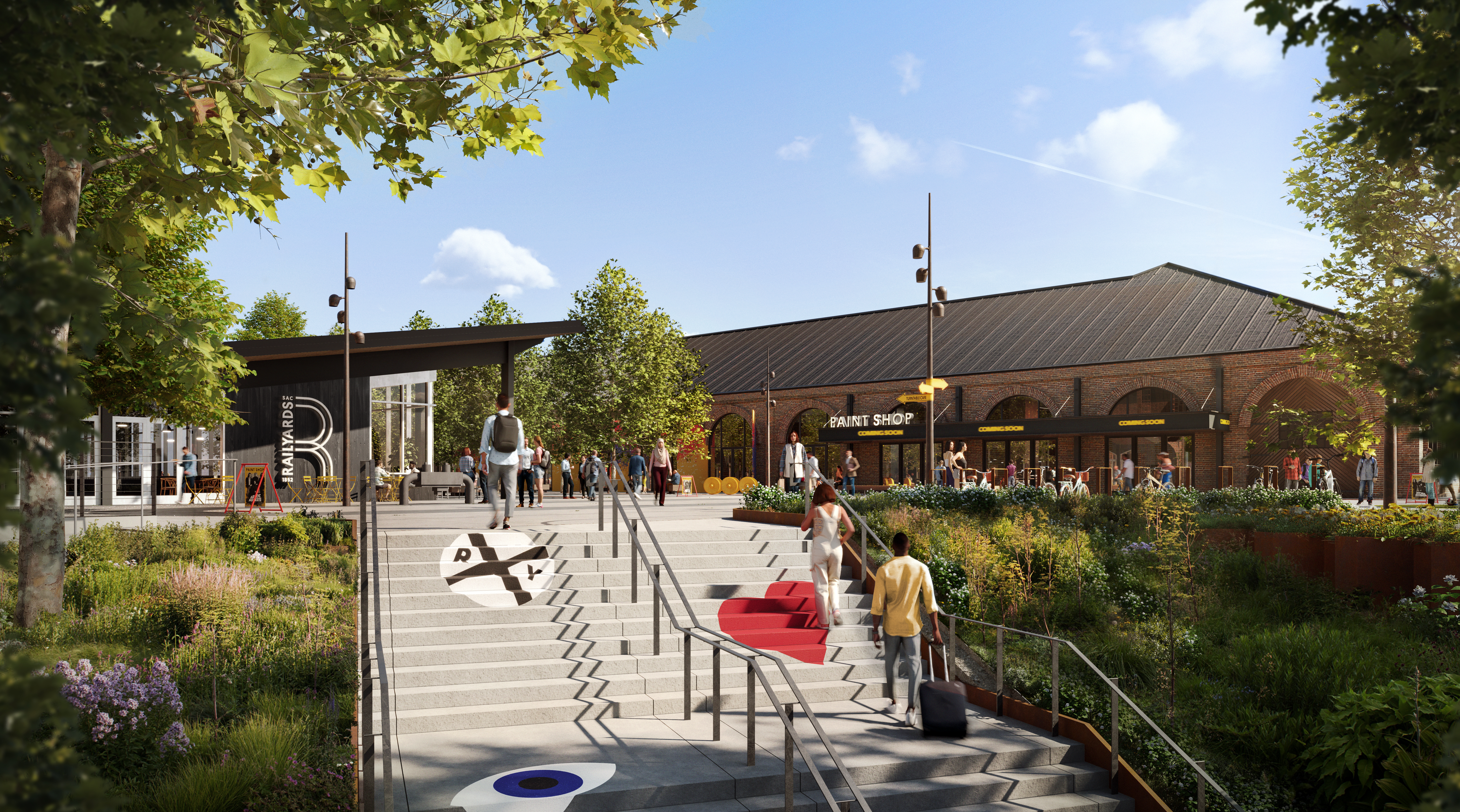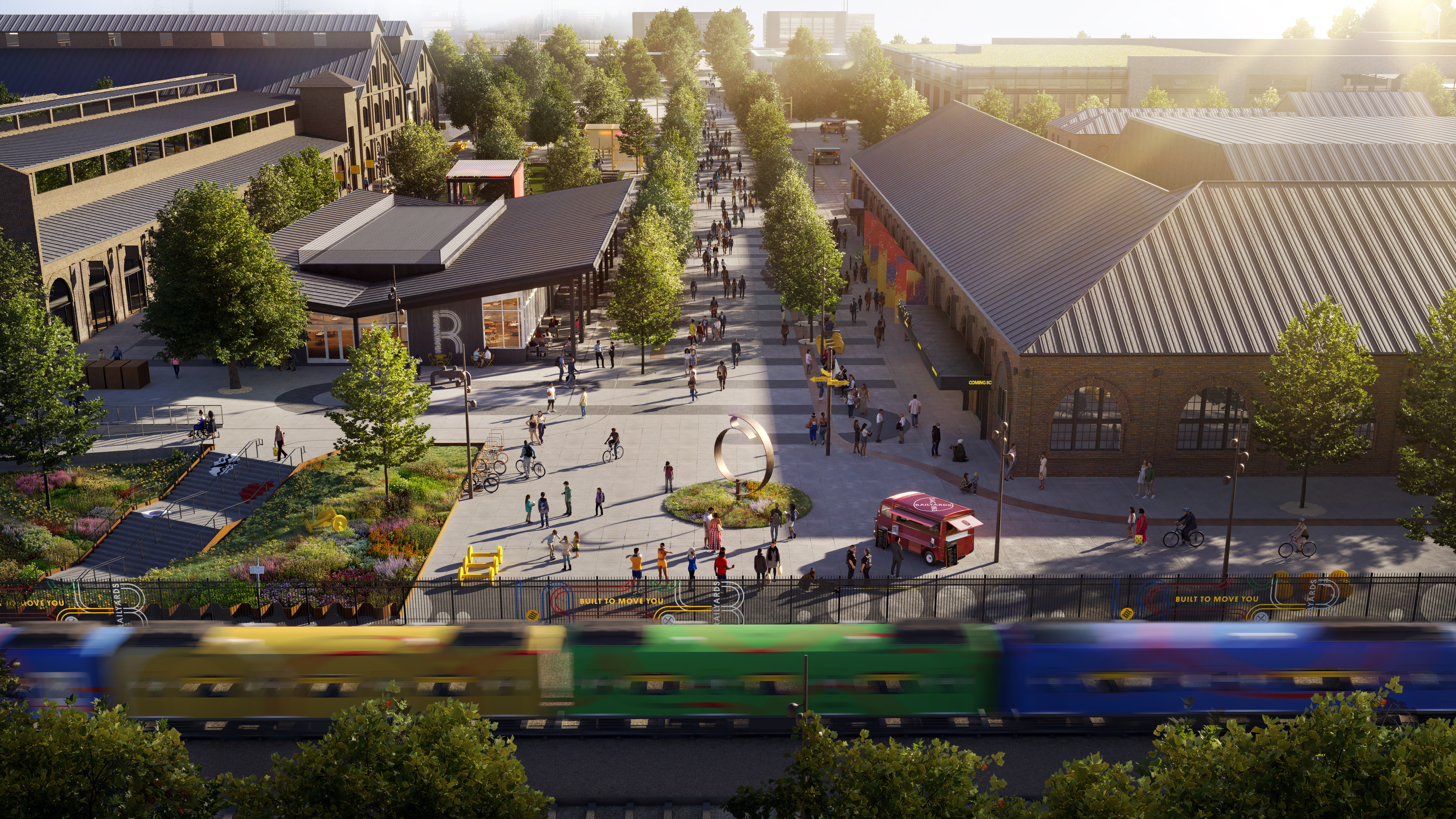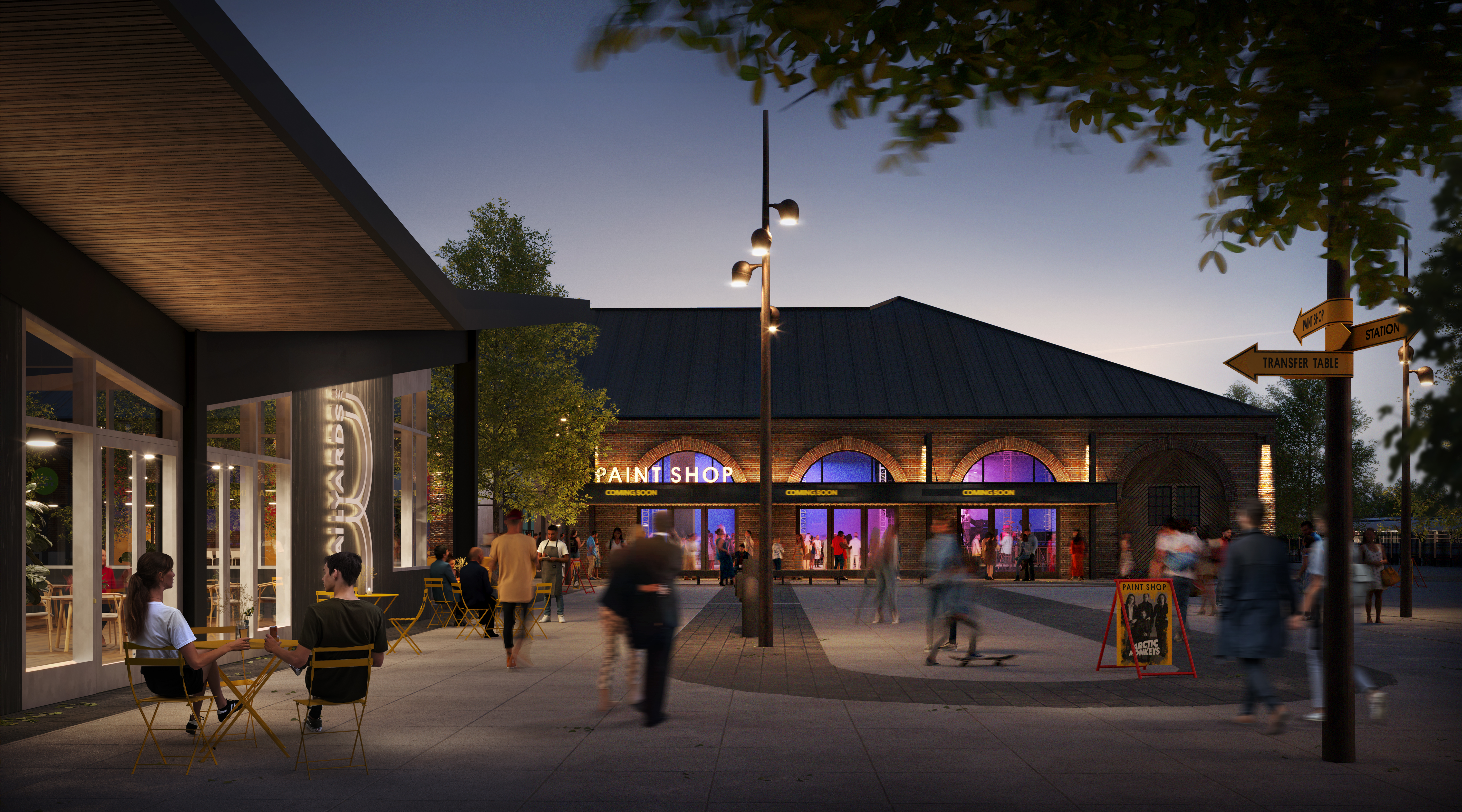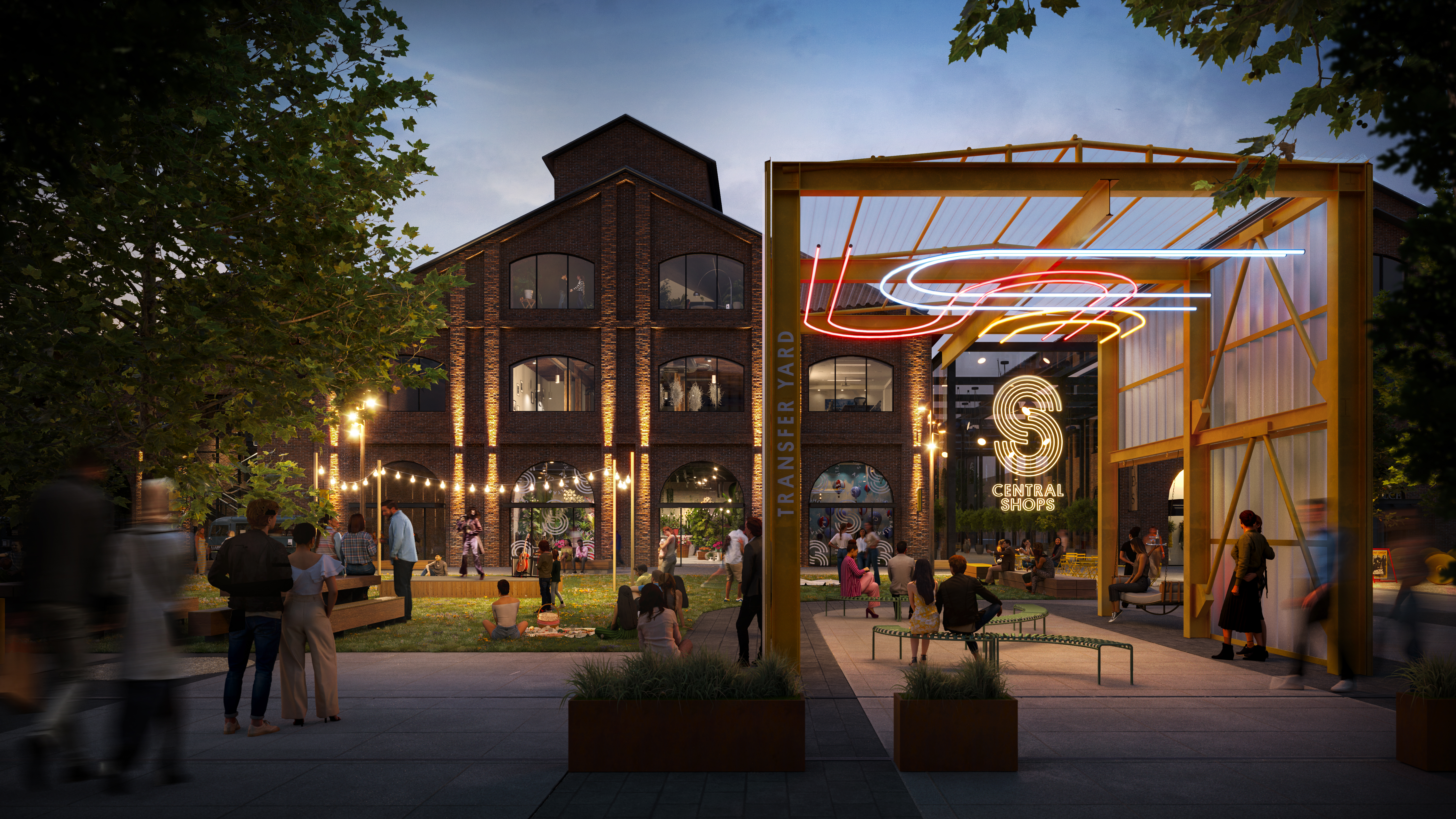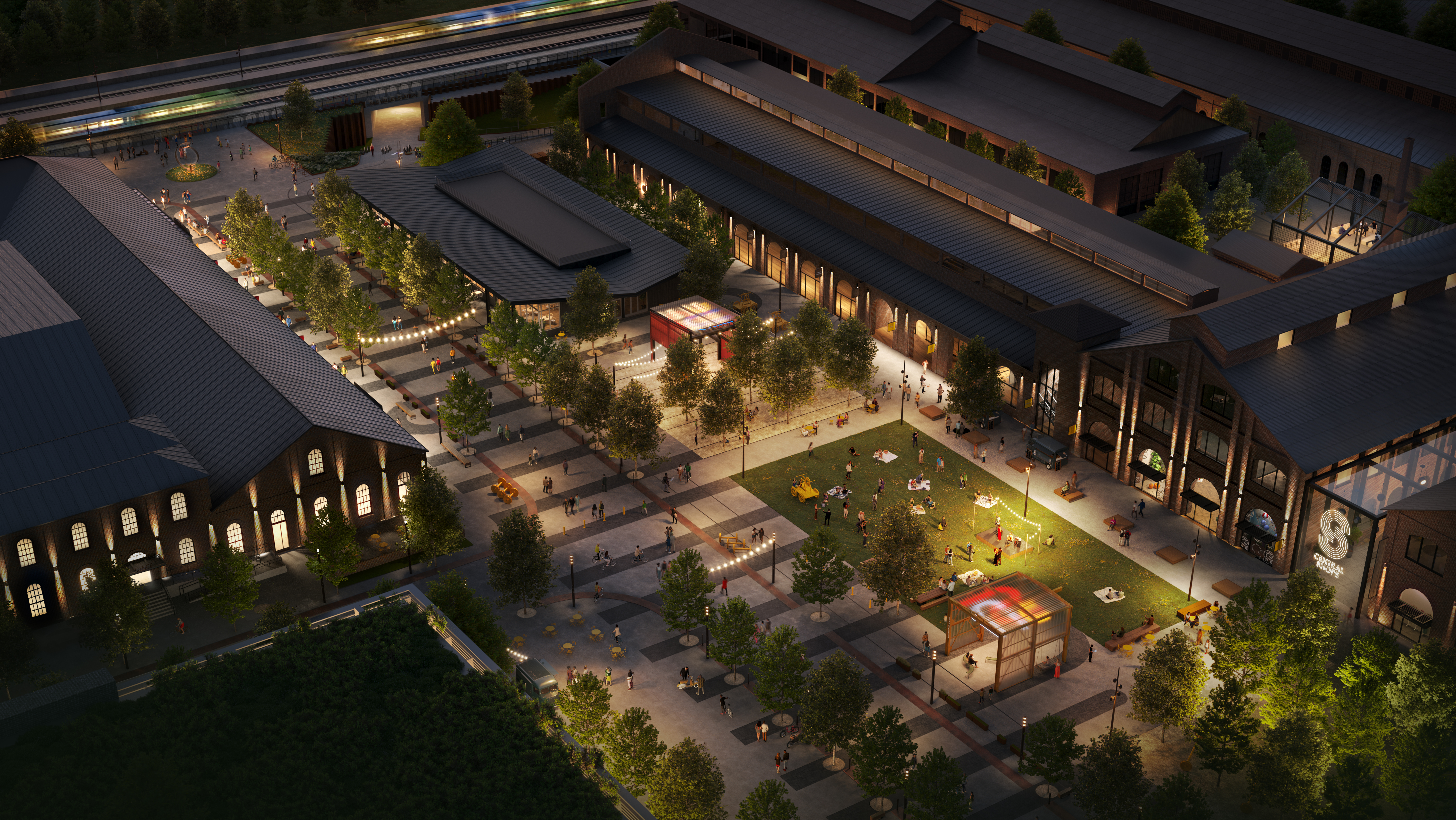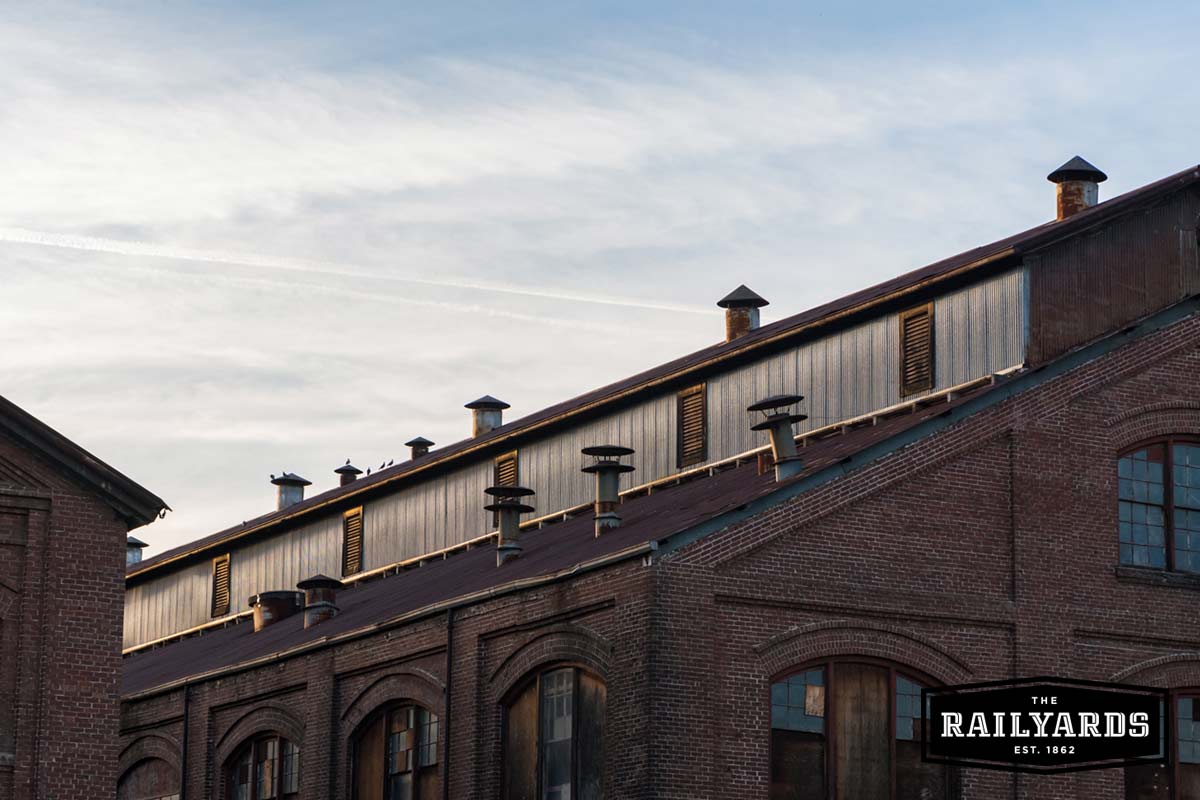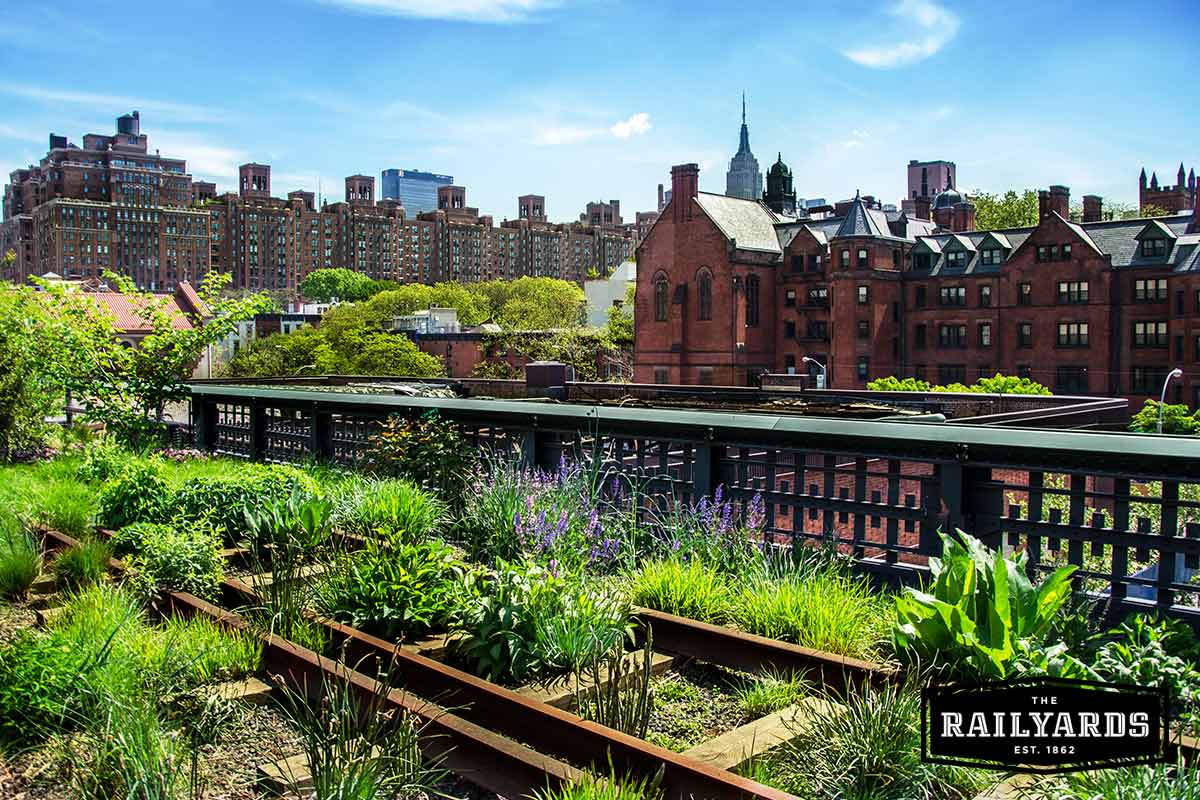
April 28, 2023 / Author: the Railyards
Discover the benefits of urban infill! Learn about successful projects across the US, like The High Line, Pearl District, Atlantic Station, and The Railyards.
Urban infill promotes sustainable growth, revitalizes neighborhoods, and reduces urban sprawl. Explore some of the most exciting urban infill projects in the US, from New York to Sacramento. Learn more about how these projects provide new public spaces, attract businesses and residents, and promote sustainable living.
What is Urban Infill?
Urban infill refers to the process of developing vacant or underutilized land within an existing urban area, often within already-developed neighborhoods. This can include the construction of new buildings on empty lots, the rehabilitation or adaptive reuse of existing structures, or the conversion of vacant lots into public spaces.
Urban infill is seen as a way to promote sustainable urban growth, revitalize neighborhoods, and reduce urban sprawl. It can also provide opportunities for increased density and more diverse land uses in areas that were previously underutilized. This practice has been used many times by investors, developers, and even local governments to add value to the community and bring people together.
What are some examples of Urban Infill Projects in the United States?
The High Line in New York City
The High Line is a 1.5-mile-long elevated park built on a former railroad spur that had been abandoned since the 1980s. The park, which opened in 2009, runs through the Chelsea neighborhood of Manhattan and has become a popular destination. The project was a collaboration between the City of New York and a non-profit organization called Friends of the High Line. The park has encouraged new development and investment in the area and has also provided a new public space for residents and visitors to enjoy.
The Pearl District in Portland, Oregon
The Pearl District is a mixed-use neighborhood in downtown Portland that was developed in the 1990s and 2000s on former industrial land. The area now includes a variety of housing options, restaurants, shops, galleries, and public spaces. The development was a public-private partnership between the City of Portland and private developers. The development has attracted new residents, businesses, and cultural institutions to the area and has also helped to preserve some of the historic architecture in the neighborhood.
The Atlantic Station in Atlanta, Georgia
The Atlantic Station is a mixed-use development built on a former steel mill site in Midtown Atlanta. The project, which began in the early 2000s, includes residential units, offices, retail shops, restaurants, and entertainment venues. The development was a public-private partnership between the City of Atlanta and private developers. The development has helped to bring new jobs, housing, and amenities to the area and has also provided a new hub for cultural and entertainment activities in Atlanta.
The Railyards in Sacramento, California
As the nation’s largest infill project, The Railyards is transforming a former industrial site into a new Downtown destination. The Railyards are built upon history - and lots of it. Over a century of railroad usage is now being transformed into a vibrant mixed-use community that will include a variety of residential, retail, office, and entertainment uses. The development is designed to promote sustainable living and will incorporate green building practices and renewable energy sources. The project is also intended to be a model for transit-oriented development, with easy access to multiple forms of public transportation, including light rail and buses right in the heart of Sacramento, California.
Urban infill is an effective way to promote sustainable urban growth, revitalize neighborhoods, and reduce urban sprawl. By building on vacant or underutilized land in existing urban areas, we can encourage increased density and more diverse land uses. Urban infill projects create new public spaces, attract new businesses and residents, and promote sustainable living practices.

